The Center for Protected Area Management (CPAM) develops collaborative capacity development programs with partners that enable us to collectively develop knowledge, skills, and confidence at a much deeper level. These programs incorporate both individual capacity as well as organizational capacity development. These programs usually last several years and enable us to incorporate a more comprehensive and customized approach to capacity development, that focuses specifically on the identified, targeted needs of the local context and is often times includes multiple capacity development strategies. Below we provide some specific examples of previous programs that CPAM has developed with partners in Latin America.
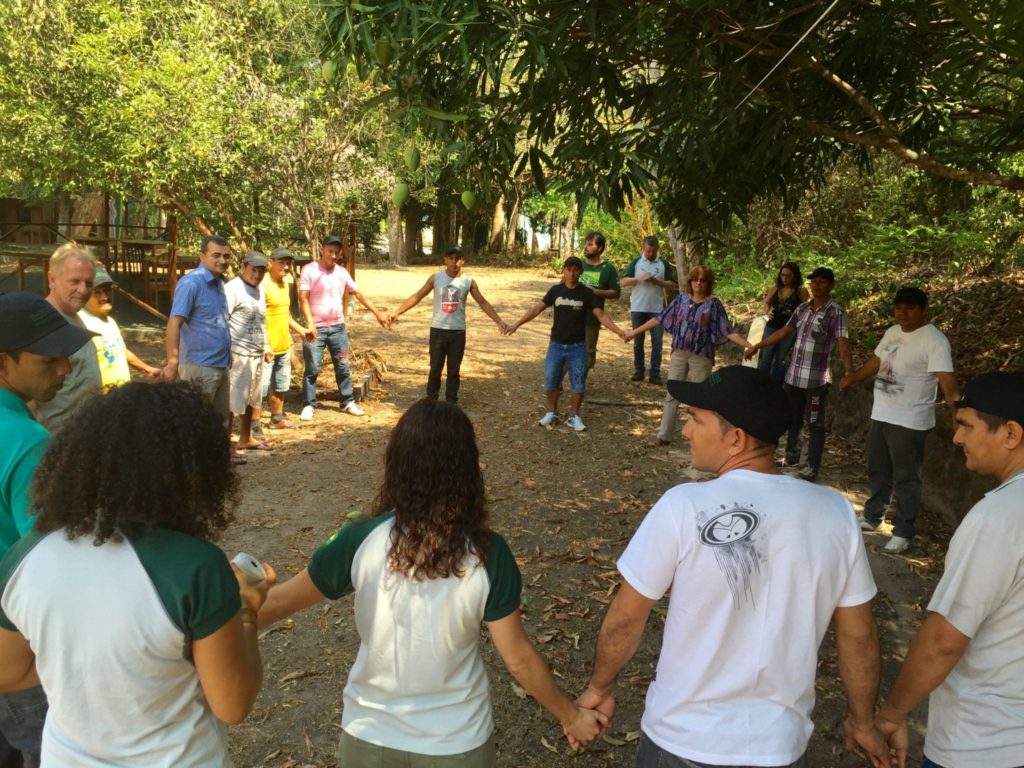
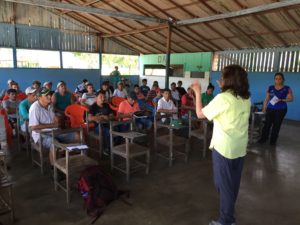
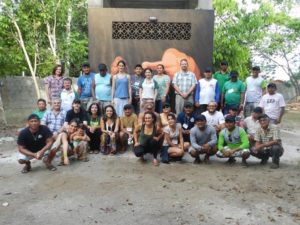
The Brazilian Amazon is facing continuous threats of deforestation and land conversion. The potential for biodiversity loss and disruption to traditional livelihood activities is considerable. Protected Areas have been established throughout the Amazon and now represent approximately 43% of the Amazon territory. This includes a variety of types of federal, state, municipal, and indigenous territories. The staff working in these areas require a considerable amount and diversity of training. There is also a need to make sure these areas are relevant for all Brazilians by provide a diversity of livelihood activities including ecotourism and sustainable extractive timber and non-timber products.
The Center for Protected Area Management (CPAM) has been working in partnership with the US Forest Service International Programs Office and the Chico Mendes Institute to support capacity development of the federal and state land management agencies involved in protected areas and to build a strong public use and ecotourism program through the development of demonstration sites in the Amazon Basin. Since 2013 CPAM has been involved in training several hundred conservation staff and community members and in the development of informational and interpretive signage, a visitor center, interpretive park videos, and trails design and development. We have trained over 75 traditional and indigenous community members in guiding techniques and are looking to expand our efforts in coming years to additional Amazon States and also to State protected area agencies.
We are currently participating as part of the organizing committee for the National Association for Interpretation’s International Conference which will be held from May 20-24, 2019 in Rio de Janeiro, Brazil. Part of our on-going capacity building program includes support for Brazilian colleagues from the Chico Mendes Institute for Biodiversity Conservation to attend the conference. Information is included below about this scholarship opportunity.
CONFERÊNCIA INTERNACIONAL SOBRE INTERPRETAÇÃO (da NAI)
Estão abertas as inscrições para seleção de 6 bolsistas para participação na Conferência Internacional sobre Interpretação, organizada pela National Association for Interpretation(NAI, dos EUA).
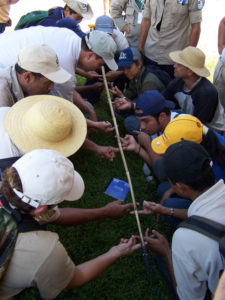
The Panamanian government manages over 114 protected areas, ranging from tropical rainforest to cloud forest, tropical dry forest, and marine areas. At present these areas cover approximately 15 % of Panama’s terrestrial territory and 5% of its marine area. Recently MiAmbiente, the Ministry which manages Panama’s protected area system (Sistema Nacional de Areas Protegidas-SINAP), hired over 200 new park rangers to improve protection and management of this essential component for conserving Panama’s internationally renowned biodiversity.
In 2013, the Center for Protected Area Management (CPAM) assisted MiAmbiente in assessing training needs and developing a program for training all of the new rangers, as well as those already in place, totaling approximately 250 rangers. The training program consisted of six distinct modules, totaling 200 hours of instruction, spread over three months with intervals between training sessions for rangers to return to their areas and families. The program trained 244 rangers in ten distinct groups or cohorts during the period June 2014 – October 2016. CPAM provided instructors for the Public Use and Environmental Education module for each cohort. The Smithsonian Tropical Research Institute, the University of Panama were also partners in carrying out this ranger training.
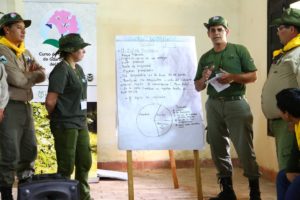
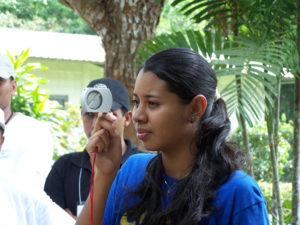
Paraguay’s Secretary of the Environment (SEAM) directly manages 45 protected areas, and coordinates an extended system (SINASIP) which incorporates an additional 60 protected areas managed by NGOs, private owners and two binational corporations (Itaipú and Yacyretá). In 2015 CPAM was contracted by SEAM and the Foundation for Protection of Paraguay’s Tropical Forests (FCBT) to design and implement a program for training all of SEAM’s 70 park rangers as well as 30 rangers employed by the other SINASIP partners. After carrying out a diagnostic process, CPAM specialists proposed a program to train 100 rangers in four groups of 25 participants each, covering those topics needed for basic ranger functioning, from the role of a ranger to patrolling, environmental interpretation, fire management and 23 other topics. Each training group receives 288 hours of instruction divided in three modules of 12 days each.
Three CPAM specialists are providing overall coordination and instruction of specific modules. Over 40 Paraguayan instructors and support staff are also involved in the program, which also serves to strengthen the capacity of Paraguayan trainers. Each Module takes place in a different protected area, exposing participants to different natural and administrative environments. CPAM’s interactive approach to training requires instructors to be facilitators of the learning process, and that participants spend most of their time in interactive, hands-on activities.
CPAM has also carried out a 5-day leadership workshop for 25 protected area directors and professional staff. While these efforts have greatly improved Paraguay’s capacity to effectively manage its protected areas, much remains to be done. CPAM has been encouraging SEAM to consider further training for all of its staff, and to prepare a comprehensive training plan which would institutionalize training for all protected area personnel, including all of its SINASIP partners.

